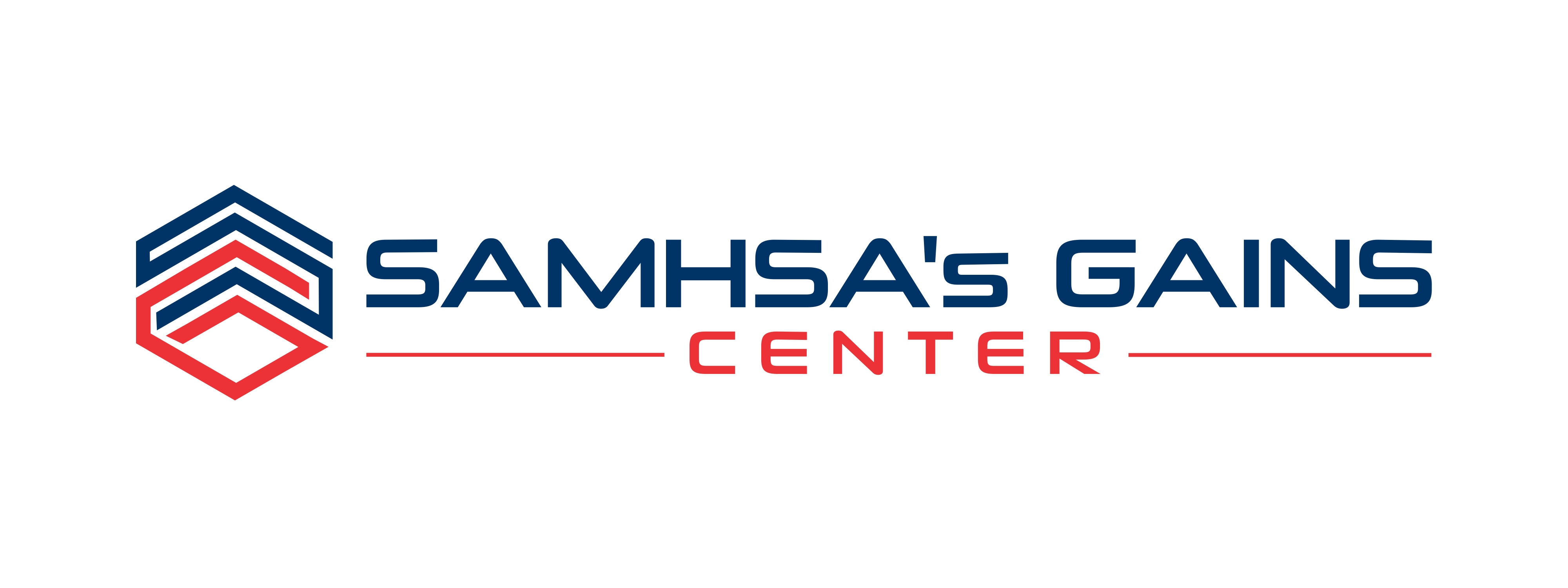In summer 2019, SAMHSA’s GAINS Center hosted five learning collaborative (LC) opportunities. The LCs brought together local teams for an intensive learning, strategic planning, and implementation process to address local issues and needs within a given topic area. One of the LCs, the SAMHSA’s Eight Guiding Principles for Behavioral Health and Criminal Justice, was centered on the SAMHSA publication, Guiding Principles for Community-based Behavioral Health Services for Justice-involved Individuals: A Research-based Guide (Guiding Principles). This LC was designed to assist community-based behavioral health providers in their clinical and case management practices with persons with mental and substance use disorders who are currently involved with or have a history of involvement in the adult criminal justice system. The LC followed the tenants of the Guiding Principles publication, created as a result of a 2017 expert panel on behavioral health and criminal justice.
A Starting Foundation: Principles 1 and 2
While the top priority areas of focus initially differed among sites, it became clear that all of the LC sites, like many communities, continuously fell back to focusing on the foundational aspects of enhancing understanding and collaboration within systems, as emphasized in principles 1 and 2.
Principle 1 ensures that community providers are knowledgeable about the criminal justice system, its sequence of events, commonly used terminology, and the processes and practices within the system. Not explicitly written but surely included is the concept that stakeholders within the system must know the role and function of other stakeholders. Moreover, cross-system knowledge across both the criminal justice system and the behavioral health system increases understanding and efficiency. Critical to the implementation of principle 1 is recognizing appropriate opportunities to divert an individual out of the criminal justice system and link them with treatment services.
Building off of principle 1, principle 2 encourages community providers to collaborate with criminal justice professionals to improve public health, public safety, and individual behavioral health outcomes. Collaboration between community providers and criminal justice professionals is essential for ensuring continuity of care and care coordination during transitions to and from incarceration and sustaining treatment and supports both in correctional settings and in the community. Having players from both systems collaborate and talk to one another encourages the sharing of information, responsibility, and accountability. Maintaining effective relationships and communication between community providers and criminal justice partners at the various points of diversion is critical to ensure the individual in need of care is actively and successfully engaged in treatment services.
“Community providers and criminal justice professionals have both shared and distinct goals. For criminal justice professionals, the goal of public safety includes successfully managing transitions to and from jails and prisons, effectively supervising individuals on probation and parole, and reducing the likelihood of re-offense, or recidivism. Community providers focus on supporting their clients in achieving health and wellness through treatment and supports. Ideally, both community providers and criminal justice professionals share the goal of reducing an individual’s likelihood of returning to the criminal justice system. In working together, community providers and criminal justice professionals should identify common goals in collaboration with their shared clients.” (Substance Abuse and Mental Health Services Administration, 2019, p. 17)
A larger lesson for any jurisdiction or community looking to improve their systems, or to implement any of the eight principles, is that the work must foundationally start with principles 1 and 2. Many jurisdictions may perceive their starting point to be vastly different than it really is. For example, a site may think they are making progress because they are collecting data on a variety of measures, but may not consider the complexities that come with analyzing or sharing the data effectively. If data are being collected, are there universal definitions of terms used across community behavioral health and criminal justice agencies? Are behavioral health and criminal justice agencies measuring and operationalizing that data in the same way? Will analyzing that data help inform other parts of the behavioral health and justice systems to improve their functionality?
Site Progress
The sites involved in the Eight Principles LC learned that many of the larger, more specific problems, could be easily solved with “quick fixes” attributed to principles 1 and 2. For example:
- One county was able to increase medication availability to those discharged from the jail through a partnership with the local CVS. They also developed a cross-discipline training based on the Adverse Childhood Experiences (ACEs) study and its role in justice system involvement.
- One county inventoried their community resources using the SIM framework, allowing the group to identify gaps in pretrial supervision, transition planning, medications upon discharge, and reentry services.
- One county established a care coordination committee for addressing identified familiar faces interfacing with the behavioral health and criminal justice systems. The committee ensured intentional inclusion of physical health care providers in the committee. The site has also ramped up data collection measures on identified familiar faces.
Further Topics
This article captures a few key takeaways from the GAINS Center’s 2019 Eight Guiding Principles for Behavioral Health and Criminal Justice Learning Collaborative, but there are many other important aspects of states and localities working together to enhance their community-based behavioral health treatment systems. If you have additional questions regarding this topic, please reach out to us here at the GAINS Center with your inquiries.


